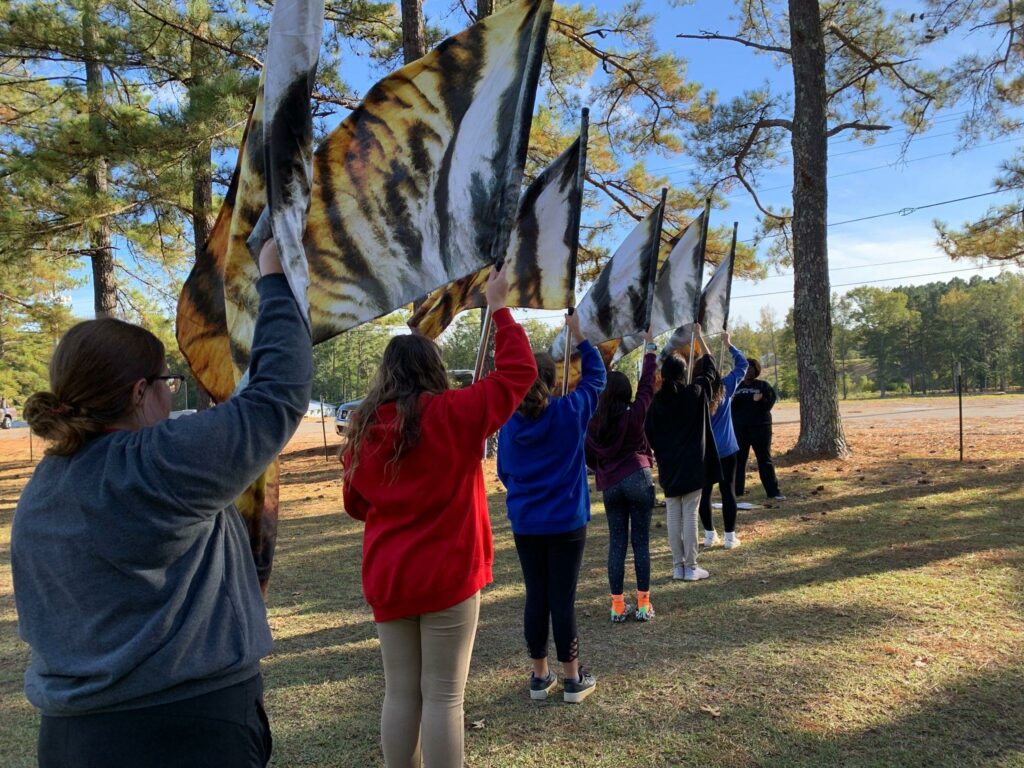May 31, 2023
On the heels of new CDC data underscoring the role of school connectedness in combating loneliness, Southeast Lauderdale High School (SEHS) provides an inspiring example of how schools can foster connections to improve student well-being and attendance.
Southeast Lauderdale High School is nestled outside Meridian, MS, near the Alabama and Mississippi border about 20 minutes outside of town. It serves a wide geography of nearly 400 rural students, the majority of whom are on free-or-reduced lunches.
Facing continuing challenges with chronic absenteeism – like so many schools in the wake of the pandemic – SEHS has used their Student Success System to implement creative and inclusive ways to foster student connections to school. By creating school activities that students enjoy, students are more likely to attend regularly, and regular attendance is a key factor in course performance.
Robbi Cooper is SEHS’ Graduation Coach- a new position this year that is supported by ESSER funds. She takes point on data, interventions, and strategies for student success.
Robbi’s work as Graduation Coach is complemented by a building full of caring adults. The core strategy team includes seven adults – teachers, coaches, counselors and principals.
The team uses a student social emotional survey to inform their focus.
“We gained insight into their internal struggles, and how they truly feel about school, themselves, and life in general. We will be able to see if there is improvement by having students fill out the survey twice a year.” – Robbi Cooper, SEHS Graduation Coach
With initial survey results in hand, alongside anecdotal “street data” (those direct chats and observations with students), the student success team took intentional steps to connect all students to a school activity. Their method is one that any school could replicate – a shared google spreadsheet.
Robbi listed all the high school students on the spreadsheet, and sent it around to the school staff to weigh in on which students were connected to which activities – from Football, Cheer, CTE clubs, and beyond. The team found that 40% of their students were not involved in any activities beyond required courses. They then set out to find a place for each of those folks at school, focusing on students identified as unconnected.
Robbi explains, “We had several students request a color guard team. After surveying the students and seeing their interest, we had a teacher step forward and agree to coach the team. Since then, we have grown to 10 girls, all of whom were not connected to anything before. They participated in the last few football games, the Veterans program, and were in the local Christmas parade.”

During a site visit, several SEHS students were frank about their priorities “If I didn’t have basketball, I wouldn’t come to school”. As is the case in many small schools, having the football and basketball coaches involved in the student success team is a huge win.
But of course, not all students are athletes, nor do all students have access to transportation to enable participation in afterschool activities. The team asked themselves, what can we do if the activities we currently offer do not meet every individual student’s needs or interests?
They got creative. They launched a new Diamond Girls club to support the baseball team. When a student expressed interested in technology, they found a way to engage the student in using a drone to film the football games and practices. Another student who doesn’t play sports became an office aid to help the school leaders.
“I come to the office to help when they need help. I try to help them out as much as they can, because I appreciate how much they do for us. I help them do the announcements, I keep stuff up, help do the route on the bus, or keep the keys in order.” – Jamari (10th grade)
The SEHS team also relies on their student-leaders for peer-to-peer connections. Students invite new kids to join clubs they are involved in, or volunteer to peer tutor others who are struggling with courses.
SEHS now has more than 88% of students connected (and counting). Through the utilization of staff and student leaders, students have already begun to engage in additional opportunities, and the caring adult team continues to find new involvement areas.
As the leadership team reflects on students’ post-graduation and employment futures, they hope they’ll be able to stay connected.
“We’d love to have them back, if we can get them. They are family – they know they are safe here,” says Robbi.
Thank you to the Southeast Lauderdale High School team for sharing your story, and special thanks to The University of West Alabama, who is serving as an Intermediary for the 10 schools in the Black Belt rural school cohort through the GRAD Partnership.